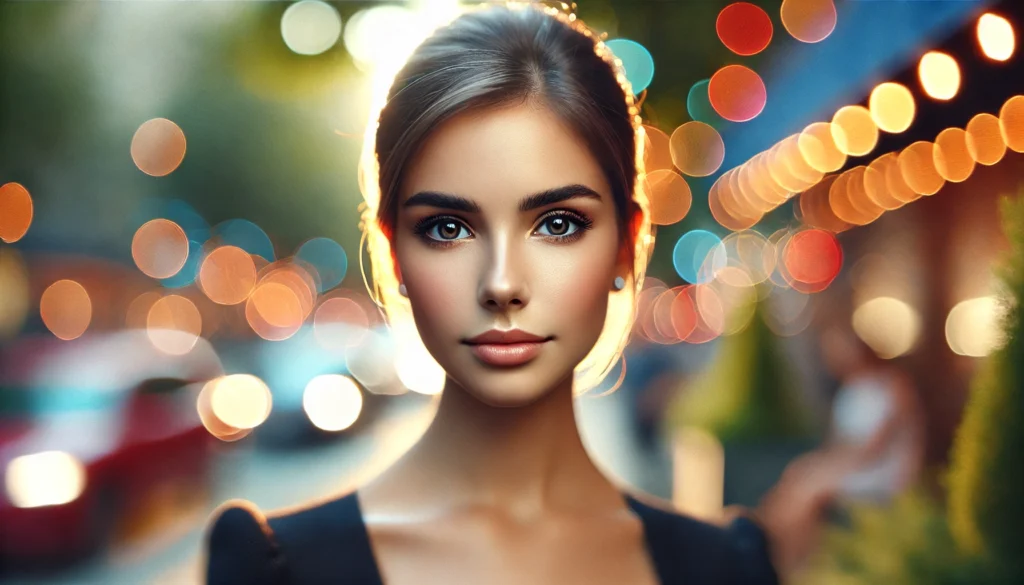Introduction
The bokeh effect is one of the most popular and visually appealing techniques used in portrait photography. This blur effect in the background helps emphasize the subject and adds a sense of depth to your images. In this article, we’ll explore what bokeh is, how to achieve it in your photos, and how to use it to create stunning portrait shots.
What is the Bokeh Effect?
Bokeh, derived from the Japanese word “boke,” refers to the quality of the out-of-focus areas in a photograph. The term is often used to describe the aesthetically pleasing blur that occurs when a photographer uses a shallow depth of field. The quality of bokeh is influenced by the lens used, aperture settings, and the distance between the subject and the background.
How to Achieve Bokeh in Portrait Photography
To create beautiful bokeh in your portrait photography, follow these simple steps:
- Use a Wide Aperture (Low f-stop): A larger aperture (smaller f-number, such as f/1.4, f/2.8) creates a shallow depth of field, which will result in more blur in the background and emphasize the subject.
- Increase the Distance Between Subject and Background: The greater the distance between your subject and the background, the more pronounced the bokeh will be.
- Use Longer Focal Lengths: Telephoto lenses (such as 85mm or 135mm) are ideal for creating strong bokeh. They naturally compress the scene and enhance background blur.
- Position the Light Effectively: The bokeh effect can be enhanced by using light sources in the background, such as city lights, street lamps, or fairy lights.
Tips for Improving the Bokeh Effect
- Experiment with Lens Choice: Different lenses produce different types of bokeh. Prime lenses, especially those with wide apertures like the 50mm f/1.8 or 85mm f/1.4, are popular for portraiture.
- Use Creative Backgrounds: For added creativity, try using textured or patterned backgrounds like leaves, lights, or reflections. The shapes of these elements can affect the appearance of the bokeh.
- Maintain Proper Focus on the Subject: While the background is blurred, it’s crucial to keep your subject in sharp focus to ensure that the portrait remains the center of attention.
Conclusion
The bokeh effect is a powerful tool in portrait photography. By mastering the use of a wide aperture, adjusting the focal length, and positioning your subject and background correctly, you can create portraits with a beautiful, blurred background that highlights the subject and adds artistic depth to your photos.








